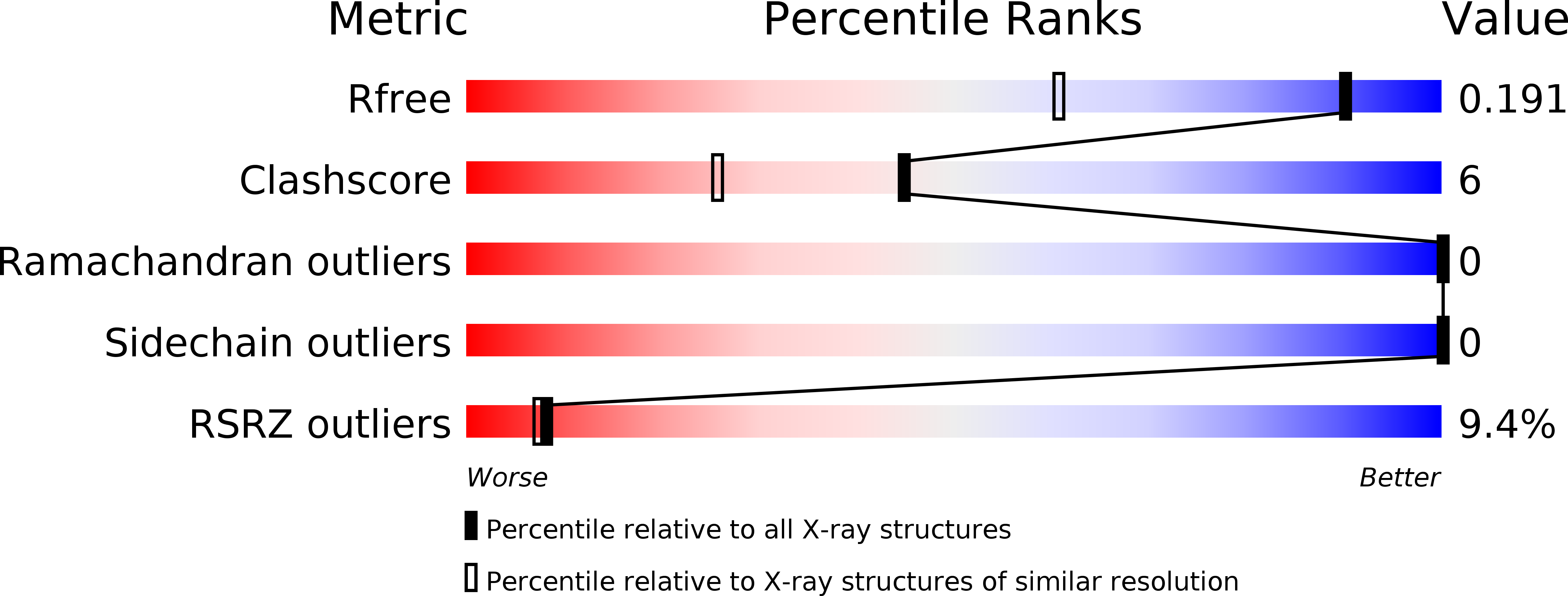
Deposition Date
2007-11-13
Release Date
2008-03-25
Last Version Date
2023-08-30
Entry Detail
PDB ID:
3BD1
Keywords:
Title:
Structure of the Cro protein from putative prophage element Xfaso 1 in Xylella fastidiosa strain Ann-1
Biological Source:
Source Organism:
Xylella fastidiosa (Taxon ID: 155920)
Host Organism:
Method Details:
Experimental Method:
Resolution:
1.40 Å
R-Value Free:
0.18
R-Value Work:
0.14
R-Value Observed:
0.14
Space Group:
P 32


